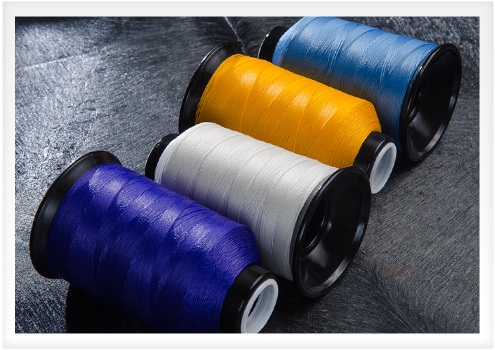A thread gage is extremely important for attaining threading precision. Operations where every nut/bolt needs to support the part component with equal weight and stress, it is important for the load to be borne on one complete object.
Take the example of your car, it consists of numerous connectivity facets which hold one another tightly. Those connectivity elements are namely nuts, bolts or assembling requisites and they function the way they are meant to with the help of threads.
They aid in fastening, mounting or permanently holding each of those items, but to ensure strength, durability and absolute reliability, the right gauge is very important. They allow proper inspection of uniform tolerance and ensure such mass threading operations to unimpeachable.
Popular Thread Gage as per Threading Experts:
Most of the threads have manufacturing dimensions specific to standards. Adherence to (ANSI) American National Standard Institution, German Institute of Standardization (DIN) and British Standard Institution (BIS) is what industries do.
To measure each of these thread requirements, numerous fixed gages make things easier for workers. They aid in measuring both the internal and external threads and they also comply to a particular class of fit.
As eyes of experts, fixed thread gauge is amongst the most widespread measuring instrument around. They consider it as extremely reliable, easy to handle and very convenient for the pockets too.
Most heavy machine operators and examiners use these gauges right through the whole assembling for quality assurance in operations.
Word from Experts –
Those thread plugs which have 1.5 nominal sizes is generally presentable in the form of ‘Tri-Lock Style.’These gauges host of reversible style and can be installable on the handle with ease with a locking bolt and 3 protruding nibs.
Common Thread Gauges:
Working gages are instruments which allow accurate measurement of size and pitch diameter both for internal as well as external threads. With the objective to achieve the millionth of an inch, these are pivotal for a sensitive spaceship, aircraft and heavy load bearing equipment.
Some of them include:
GO Thread Plug Gage –
This is a gauge which appears common to all thread classes, pitch, angles and lead. But in case of minor diameter, experts state they are not that much useful.
One important thing about such gages is that without any force, it should enter the complete length of the inner thread using a wrench.
NO-GO Thread Plug Gages –
Also known as HI, the major diameter of this thread plug gage is truncated. This allows the flanks to inspect the max geometric pitch. These NO-GO are shorter to GO, but similar to it, they should not be a forceful insertion.
Tips for increasing the lifespan of Thread Gauges:
It’s not just about using these gages for high-end threading operations. For sure these instruments undergo manufacturing with the use of HSS steel, tungsten and carbide components. But it also needs proper maintenance.
- You have to keep in mind that you always make use of the right class of fit along with the tolerance disposition.
- Plus after usage, you need to clean the gage using oil or an appropriate anti-rust formula. Doing so ensures its external diameter remains damage free.
Before capping off, you should always choose a reliable thread gage supplier for your threading requisite. There are many available but go for the ones who have been in this scheme of operation for a minimum span of 10 years or so. This will ensure that the tool you get is of the utmost quality.

